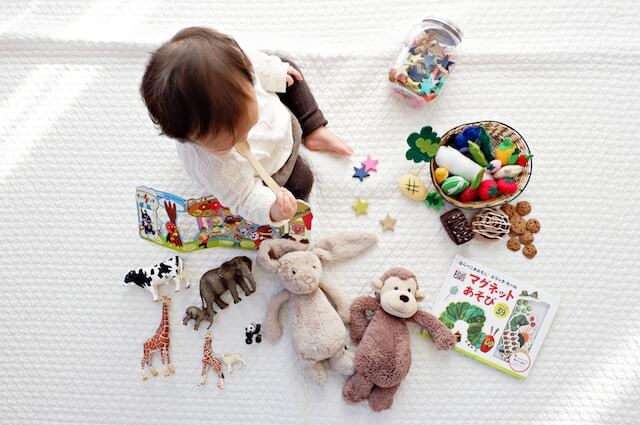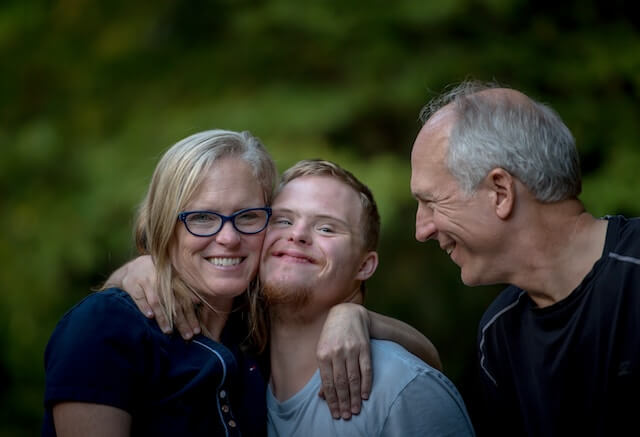Autism Spectrum Disorder (ASD) is a neurodevelopmental disorder that affects social interaction, communication, interests and behavior. It’s estimated that one in every 54 children in the U.S. is diagnosed with autism, according to the Centers for Disease Control and Prevention. While every child with autism is unique, many find comfort and companionship in the form of pets.
Benefits of having a pet for your child with autism
Pets can offer numerous benefits to children with autism. Firstly, a pet can provide a source of non-judgmental companionship. Their unconditional love and presence can positively impact a child’s emotional well-being, reducing feelings of anxiety or loneliness. Secondly, pets can assist in developing responsibility and routine as children help care for their pet, learning tasks such as feeding or grooming. Thirdly, interacting with pets can offer a sensory experience, providing calming stimuli. Lastly, pets can facilitate social interaction. Strolling with a dog in a park, for example, can lead to casual conversations with other pet lovers, thus fostering a child’s social skills. So, choosing the right pet can be a meaningful step towards enhancing the quality of life for a child with autism.
Pets can provide numerous benefits for children with autism, including emotional support, reduced stress levels, and opportunities for social interaction. However, it’s essential to choose the right pet that suits your child’s needs and preferences. Here are some of the best pets for children with autism:
Dogs
Pet dogs are often referred to as man’s best friend, and for a good reason. They are loyal, affectionate, provide emotional support and can be trained to respond to various commands. Some breeds, like Labrador Retrievers and Golden Retrievers, are known for their patient and gentle nature, making them excellent companions for children with autism.
Therapy dogs, in particular, are trained to provide comfort and relaxation. Their presence can help reduce anxiety and improve mood. They can also promote responsibility, routine, and provide a non-judgmental ear for kids who find it hard to communicate their feelings.

Cats
Cats can be a great pet for a child with autism, especially for those who prefer a quieter and more independent pet. Cats require less maintenance than dogs but can still provide companionship and comfort. Additionally, the purring sound made by cats has been shown to have a calming effect, which can be beneficial for children with ASD.

Guinea Pigs
Guinea pigs are another excellent choice. They are small, gentle, and easy to care for. Their soft fur provides a soothing sensory experience, and they make pleasant, quiet sounds. A study published in PLOS ONE found that interacting with guinea pigs in school settings could increase social skills and engagement among children with autism.

Fish
If allergies or space are a concern, consider setting up an aquarium. Watching fish swim has a calming effect on many people, including children with autism. Maintaining an aquarium also provides an opportunity for the child to learn about responsibility and routine care.

Birds
Birds, especially parakeets, can make wonderful pets for children with autism. These small, vibrant creatures are known for their friendly and social nature, often bonding deeply with their human caregivers. Their colorful appearance and gentle chirping can provide visual and auditory stimulation, which can be soothing for children on the autism spectrum.

Considerations before getting a pet for your child with autism
Before getting a pet for your child with autism, consider the following factors:
- Child’s comfort with animals: Some children might be afraid of animals or sensitive to the noises they make. It’s essential to ensure that your child is comfortable around animals before bringing a pet into your home.
- Allergies: Check if your child has any allergies to specific animals before making a decision.
- Pet’s temperament: Consider the temperament of the pet and whether it matches with your child’s behavior and personality.
- Time and Responsibility: Pets require care and attention. Ensure you and your child have sufficient time and willingness to take care of the pet.
- Financial Consideration: Pets can be expensive. Consider the costs of food, grooming, vet bills, and other expenses before deciding to get a pet.
- Living Space: Your living situation and space can determine what type of pet would be a good fit. For example, dogs would require more space and regular outdoor walks.
- Life Expectancy and Commitment: Keep in mind that pets can live for many years and getting a pet is a long-term commitment.
- Therapeutic Goals: Consider what therapeutic goals you hope to achieve by introducing a pet to your child’s environment. The type of pet you choose should align with these goals.
- Child’s Preference: Lastly, consider your child’s preference. Your child should be part of the decision to choose a pet.
Can pets help children with autism improve their communication skills?
Yes, several sources suggest that emotional support animals can improve communication skills in children with autism. The FCA notes that pets can help to improve social skills as children often feel more relaxed around their pet and this can aid their language development and communication skills.
A study published on PubMed also provides evidence that therapy dogs for children with autism spectrum disorder generally result in improved social communication. Similarly, the Human Animal Bond Research Institute (HABRI) found that the inclusion of dogs in social skills training was more effective than traditional programs.
building the relationship between your child with autism and their pet
Building a relationship between a child with autism and their pet can have numerous benefits. Studies suggest that pet ownership can significantly improve mental health for individuals with autism.
Interacting with pets, especially dogs, can benefit many children with autism by promoting social skills. A study published on PubMed also suggests that building trusting and meaningful relationships with therapy dogs can enhance relationships outside of the therapy session.
Cats can also play a significant role in fostering social skills in children with autism. The bond formed with the pet provides the foundation for developing these skills.
Another source suggests that pet dogs can encourage health behaviors and strengthen the relationship between the child and the pet, thereby enhancing social connections.
The Human Animal Bond Research Institute (HABRI) discusses how pets can facilitate new social connections in children with ASD. They suggest that owning a pet cat may be beneficial for a child with autism.
Psychology Today highlights how the presence of a service dog at home can increase social reciprocity in autistic children, while The Atlantic supports the theory that autistic kids and adults tend to do very well in socializing with cats, dogs, horses, and other animals.
In summary, building a relationship between a child with autism and their pet can be highly beneficial. It can improve mental health, enhance social skills and communication, and foster stronger bonds.
In conclusion, pets can play a significant role in the life of a child with autism, providing companionship, comfort, emotional support, and opportunities for learning and development. However, it’s crucial to consider the child’s needs, sensitivities, and preferences when choosing the best pet for your child. With the right match, a pet can become a cherished member of the family and a great friend to a child with autism.
















